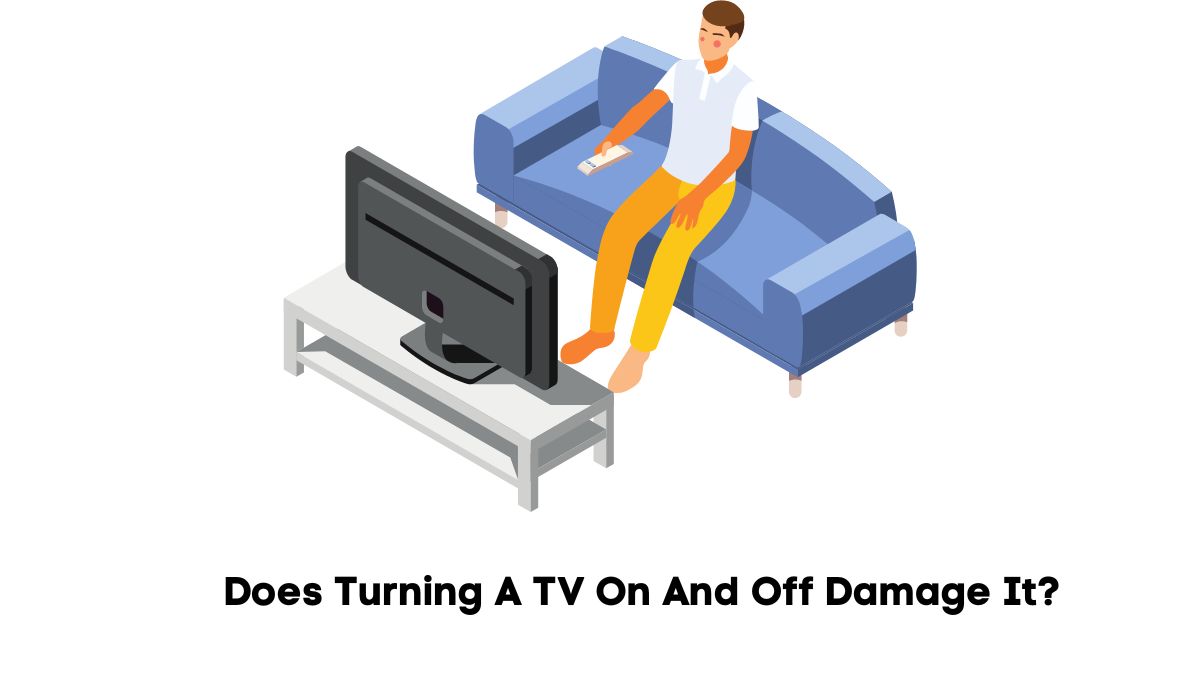Power cycling confuses people. Some think it damages the electronic device, but that is only partially true. Powering a TV down is harmless, especially if you shut it off using the recommended procedures.
Starting the TV is more likely to increase wear and tear because of the rush of current and the generated heat. That said, you can’t damage the TV by turning it off at night and starting it the next day. Power cycling only becomes a threat when you turn the TV on and off repeatedly in quick succession.
On the other hand, many consumers expect power cycling to solve every problem. They expect the practice to reduce energy consumption and extend the TV’s lifespan. But those exaggerations are false.
Power cycling will resolve some glitches. But it can’t fix hardware defects. Additionally, you can’t save energy by turning the device off for thirty minutes and plugging it back in. Lower your expectations.
Expert Opinions And Research Studies About Power Cycling

You will be hard-pressed to find studies that explore power cycling in TV sets. The subject is not important enough to intrigue researchers. However, experts have studied the concept of power cycling in other fields immensely, and what they’ve discovered tells you everything you need to know about power cycling in TVs.
For instance, power cycling is commonplace. NASA actually used it during the Apollo 14 mission. Their people cycled the radar circuit breaker to resolve a problem related to the landing radar scale factor.
This NASA transcript includes the moment when the crew asked for permission to cycle the landing radar.
But is the practice as dangerous as some people assume? Yes, it is. Consider this paper (IEEE Transactions On Power Electronics) from Osaka University. Researchers observed cracks in a silicone carbide Schottky diode after performing cycling tests.
High temperatures are a significant concern. This paper from Adel Ahmed Almubarak in the International Journal of Engineering Research And Application noted that high temperatures degrade electronic components, causing cracks and deforming the structure.
But power cycling in TVs doesn’t cause a high enough temperature spike to damage the internal electronics. Again, studies dissecting this issue in TVs are scarce. This forces curious consumers to base their understanding of power cycling in TVs on anecdotes.
You won’t find much in the way of stories or testimonies from consumers claiming to have destroyed their TVs via power cycling.
Power Cycling And Its Impact On TV Components
Modern TV sets are sophisticated machines. You must understand the impact power cycling can have on a TV’s components before determining whether this habit is safe:
- Screen
Power cycling is unlikely to harm the TV screen directly. You could argue that the electrolytic capacitors have a limited lifespan, and repeatedly switching the device on and off accelerates the rate at which they lose their capacitance.
However, of all the components you could damage, the LCD panel is not one of them. On the other hand, a surge originating from power cycling in a defective TV can burn out the LEDs and destroy the LED driver circuit.
- Power Supply Unit
The power supply board is vulnerable to overvoltage, undervoltage, overcurrent, moisture, loose connections, and reverse polarity, to mention but a few. But none of these issues will originate from power cycling in a healthy TV.
The rush of electricity that comes from turning the TV on is too small to do significant harm, excluding the conventional wear and tear all electronic components experience.
- Main Board
The power supply board in a TV generates a standby voltage that it sends to the main board. Therefore, a defective power supply board (that sustained damage because of power cycling) can harm the main board.
Symptoms of a bad main board include sudden shutdowns, no sound, ports that won’t work, and lack of internet connectivity. You may introduce defects by depriving the TV of power during a firmware update. But that is an indirect consequence.
Power cycling will only do direct damage to a TV’s circuit boards by increasing their rate of wear and tear. Don’t blame defective display and PSU PCBs on power cycling.
- Cathode Ray Tube
CRT TVs are not as reliable as their modern counterparts. Turning these devices on and off repeatedly will shorten the lifespan of the filaments. The inrush of electricity can also exert stress on the circuits.
- Capacitor
Capacitors discharge when you cut the power and charge when you restore the power. Some laypeople worry about the inrush current originating from power cycling. But power supply units have inrush current protection. Once again, your primary concern is accelerated wear and tear as opposed to direct damage.
- Transistors
Transistors will fail because of excess current, high voltage, overheating, mechanical damage, etc. Power cycling can produce enough heat, voltage, and current in a defective TV to damage the transistor. But healthy TVs are too robust to succumb to such issues.
Heat And Temperature Considerations Due To Power Cycling
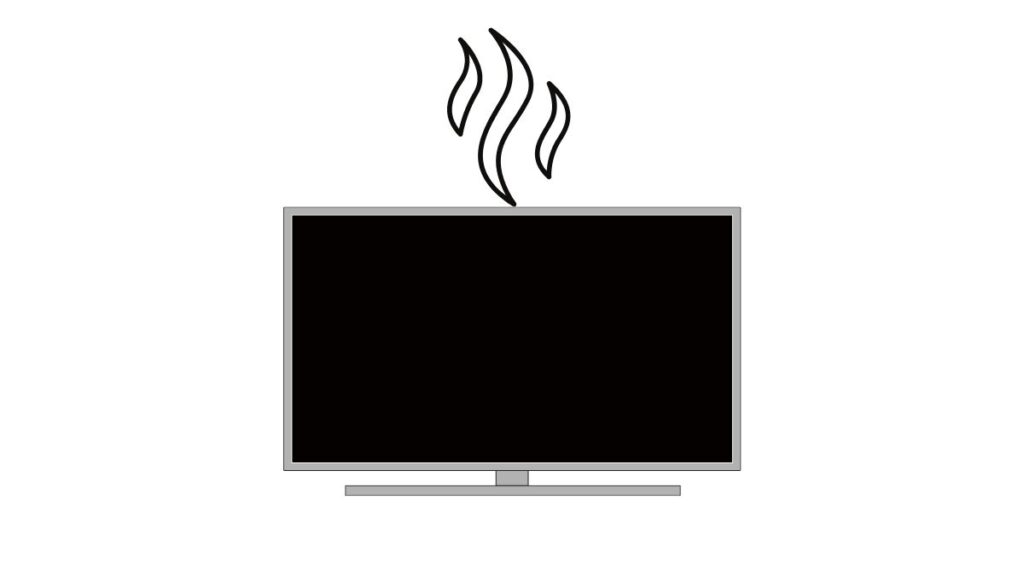
Power cycling and overheating are typically unrelated. TVs are warm to the touch because the flow of current generates heat. The longer a TV runs, the hotter it gets. Turning the TV off allows the device to cool.
Switching the TV back on and off again in rapid succession is unlikely to generate more heat than you would record if you left the TV on for an extended period. The only significant concern is the rapid temperature changes.
You can strain the solder joints in a TV by allowing the board’s components to heat or cool at different rates. But this concern is only relevant if you permit the TV to stay on for an extended period before switching it off, waiting for a similar period, and switching it back on again.
The TV’s components need time to generate significant amounts of heat and to ultimately lose that heat. Otherwise, you can’t produce noticeable temperature fluctuations by switching the TV on and off every other second.
CRT TVs are different because they pull too much electricity when they start up. You can’t rule out the possibility of a CRT device overheating because of power cycling. Modern TVs are too efficient. They don’t pull enough power to destroy their components via thermal fluctuations.
If your TV is overheating, you should blame other factors, such as clogged vents, poor ventilation, and external heat sources.
Optimal Power Cycling Practices
Power cycling is a relatively straightforward process that includes the following:
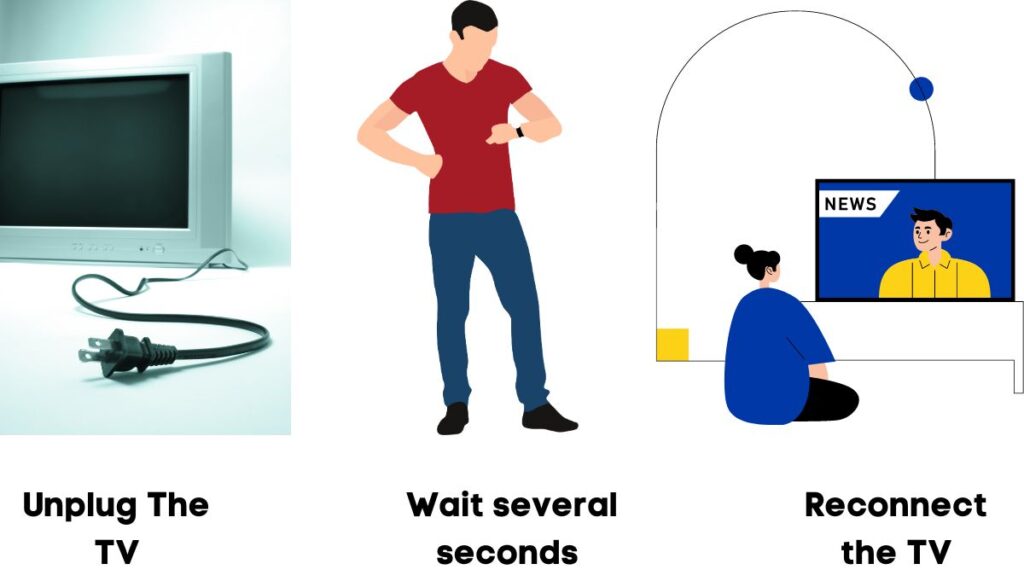
- Unplug the TV
- Wait several seconds or minutes
- Reconnect the TV.
There’s nothing more to power cycling than the steps above. TVs with unique power cycling methods will mention the relevant instructions in the manual. Otherwise, you should also keep the following in mind:
- Don’t reconnect the TV immediately. Give the capacitors a few seconds or minutes to discharge fully. This allows the memory to clear completely, eliminating any errors you previously observed.
- If your TV has internet problems, waiting a few seconds or minutes will terminate the current session. Restarting the device will initiate a new session with the ISP.
- If you intend to turn the TV on and off multiple times, one assumes that you’ve encountered a stubborn error. In that regard, wait for the TV to power up fully before taking action. Some TVs take several minutes to start. Shutting the TV off before it starts can introduce glitches, especially in TVs with sophisticated firmware. You may interrupt a vital procedure. Switch the TV off again only after it fully powers on.
- Some TVs require a regular reboot. Others can stay on for several days or weeks without developing glitches and errors. Check the manual for guidance.
- You can perform hard or soft power cycling. Soft power cycling involves sending a command to the appliance. But this may switch the TV to standby mode instead of turning it off. Hard power cycling means pulling the plug from the wall outlet. Problems are more likely to arise from hard power cycling, especially if you disconnect the power while the machine performs a critical function. You can corrupt the storage.
- Additionally, repeatedly plugging and unplugging the TV can strain the hardware. This is why the gaps between plugging and unplugging are so important. You don’t want the inrush of electricity to do permanent damage.
- The TV type can affect your power cycling habits. For instance, you should allow the lamp in a microdisplay projection tv to cool down. Restarting the device too quickly will lower the bulb’s lifespan. Wait for the fan to shut down. This isn’t a problem for plasma, LCD, and LED TVs. You can turn them on and off quickly without stressing the internal hardware.
Power Cycling And Modern TVs
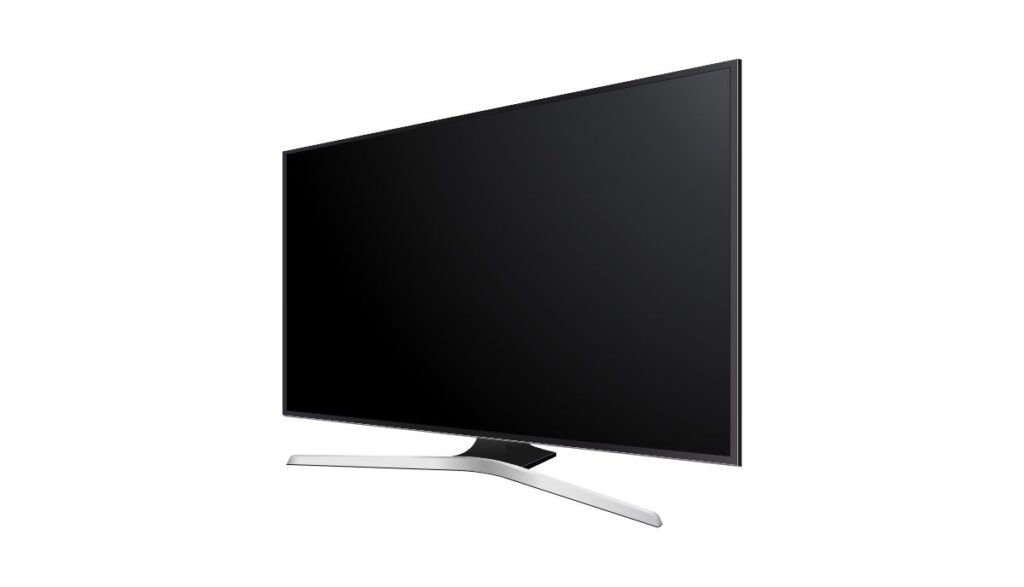
Power cycling is less likely to harm modern TVs. LCD, LED, OLED, and QLED are highly efficient. Some of them include a self-diagnostic tool that automatically cycles the TV.
Others allow you to reset the TV using the remote control. In fact, power cycling is more likely to fix a glitchy modern TV because 21st Century TVs are basically computers. Shutting them off and on is enough to eliminate errors.
Cold rebooting is equally harmless. You can unplug and reconnect these devices whenever you want. If the smart TV warns against cutting the power during a firmware update, cutting the power will brick the TV. But some models are resilient enough to survive.
Energy Efficiency And Power Cycling
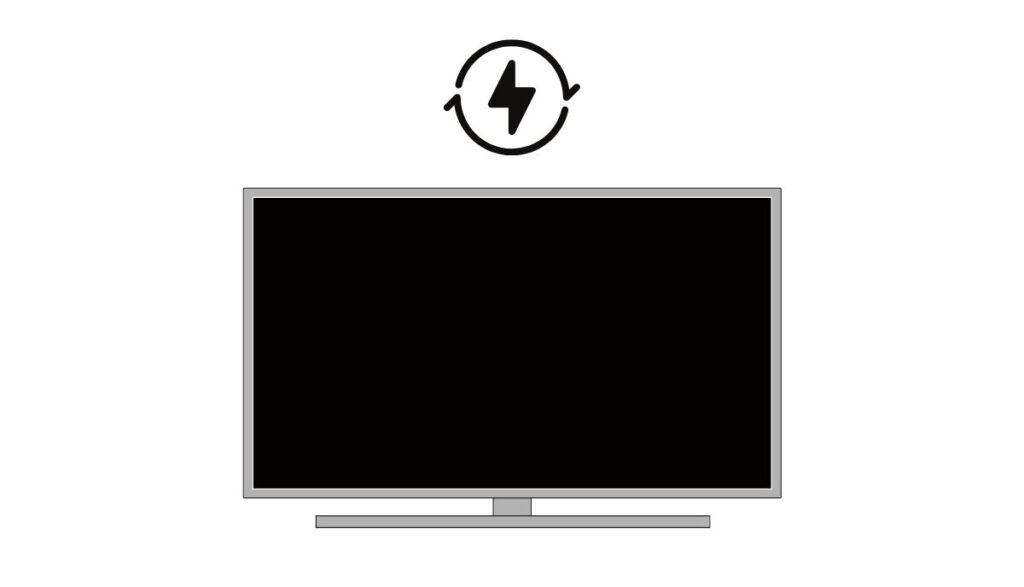
People don’t associate power cycling with energy consumption. At best, the practice will clear the internal memory, allowing the TV to function optimally. Some homeowners can go weeks and months without shutting their TVs off.
They prefer to leave the devices in standby mode. And yet, the impact on their utility bills is minimal. Power cycling can help if a TV’s energy consumption spikes due to a glitch. Eliminating the glitch by cycling the tv will benefit your electric bill. Otherwise, don’t expect significant savings. You lower a TV’s energy consumption by applying tried and tested techniques such as the following:
- Unplugging the device when it isn’t in use.
- Lowering the brightness.
- Activating the TV’s energy saver mode.
- Allowing the TV to enter standby mode when it isn’t in use.
Best Practices For Extending TV Lifespan
While your grandparents kept their TV sets for two or more decades, USA Today expects a modern LED TV to last seven years or less. Although, you can extend that duration to 15 years if you rarely use the TV. You can also apply the following tips and techniques:
- Use a surge protector, especially if you live in a location with heavy thunderstorms and a faulty grid.
- Clean the TV regularly. Wiping the device daily prevents dust from clogging the vent.
- Keep the TV away from extreme temperatures. Don’t leave it in direct sunlight.
- Place it in a well-ventilated location.
- Lower the brightness and contrast to protect the LED panel from unnecessary strain.
- Perform regular firmware updates.
- Disconnect the TV from the wall outlet when it isn’t in use.

